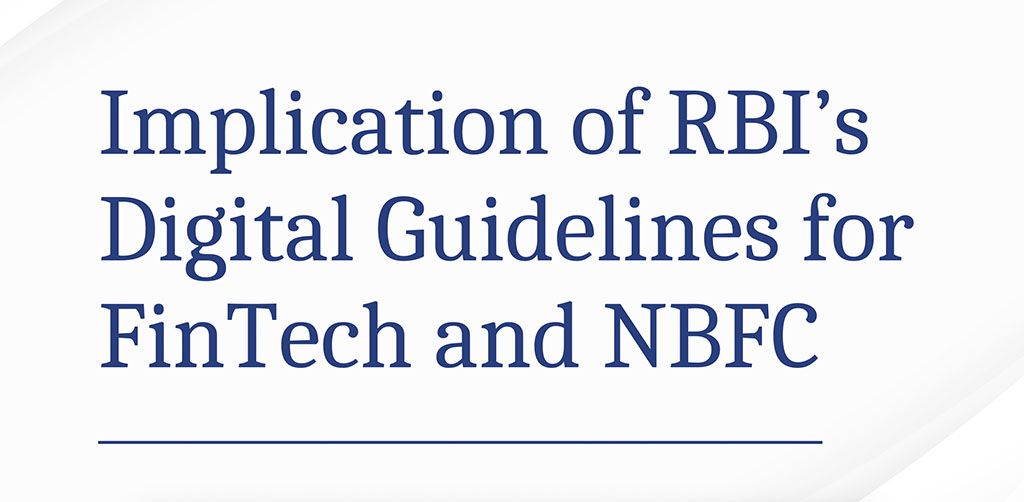– Somya Saxena, Associate Launching a Startup in India is without doubt an exciting and an exhilarating experience, it has emerged as one of the most sought-after professions. Startups play an important role in our Indian society, at large, in terms of growth of country’s economy, promoting innovation, technological growth, and employment opportunities and finding solutions to various technological and daily problems. In short, Startups are seen to have a positive impact on the overall growth of the country. Amidst, all the excitement and challenges in starting a new business, one such very crucial challenge is to comply with all the legal compliances, most importantly the criteria laid down by the Department for Promotion of Industry and Internal Trade (DPIIT), to ensure a smooth and successful working of the business with no unwanted litigation or legal problems. Hence, it is imperative for the founders to understand the complex nature of such legalities and to simplify the same a comprehensive checklist of legal compliances for startups and tech companies is provided hereunder: Incorporation and Process- Legal Requirements: The first and foremost step is to decide on its modus operandi, what would be the purpose of the business and what does it cater to in the Indian society or even outside. Accordingly, it must be decided whether the Startup would be a partnership, sole proprietorship, limited liability partnership (LLP), public limited company or a private limited company under the Companies Act, 2013, or the Partnership Act, 1932, or the Limited Liability Partnership Act, 2008 as per the business structure. Thereafter, a business must have a unique name or an identity to be distinctive from the others in the market which can be checked in the MCA (Ministry of Corporate Affairs) Website. It must acquire a Digital Signature Certificate (DSC), obtain a Director Identification Number (DIN), draft a detailed MOA and AOA inclusive of the company’s purpose, objectives, rules and regulation, acquire a Certificate of Incorporation, apply for PAN and TAN number, register for the GST, if relevant, and most importantly open a company bank account. These are the initial basic requirements a business and its founders need to keep in check before laying the groundwork in their Startup. Co-founders’ agreements: A Co-Founder Agreement is imperative to decide on the roles and responsibilities of each person for the smooth working of the Startup. Such Agreement helps in the business and relations being transparent and organized. In order to avoid unorganized nature of distribution of funds, roles, and responsibilities leading to various inter personal disputes which could hampering the overall working of the business, a Co-Founder Agreement becomes a necessity. Such Agreement mostly includes, decision making and how the disputes are to be resolved, the exit strategy, IP rights (if any), equity shares and confidentiality. Specific Registration and Licenses: This is a fundamental step when working towards starting a business and not just a mere formality. It is mandatory to procure certain licensees and to register your company with the MCA or the Registrar of Companies. This includes obtaining a certificate of enrolment and certificate of registration, a Permanent Account Number (PAN) under the Income Tax Act, 1961 and registering for Goods and Services Tax (GST) under the central and state goods and services tax statutes and TDS for payments to employees, vendors, contractors etc. Intellectual Property and Data Protection: A startup is a product of brilliant innovative ideas and even technological inventions and to attract investment and gain an edge in the market, protection of a company’s uniqueness is important. It can be a unique name, a distinctive process, a new invention of a product and to protect the same from being used by another in the market, IP registrations are imperative and the founders must be aware of the same. Depending upon the type of Intellectual Property different registrations can be done in accordance with the IP laws in India. For protection of brand names, logo, and symbols, one must register their trademark in accordance with the Trade Marks Act, 1999. To protect their innovative process or products, or an invention, one must file patent application in accordance with the Patent Act, 1970. Startups or tech companies developing a particular software, a design, etc can register for copyright of their work in accordance with the Copyright Act, 1957. New business must also protect their data and must adopt a strong data protection and privacy policy in accordance with the Information Technology Act, 2000 and the Information Technology Rules, 2011 and DPDP Act, 2023. A startup must implement a reasonable security practice in their company and must adopt strict Data breach protocols in order to avoid fraud, cheating, and to maintain trust in the market and most importantly in the consumers. Employment Laws, HR policy and other Legal compliances: In order to protect the best interest of both the Employer and the Employee and an efficient work environment, it is crucial to comply with the labour laws in our country by incorporating various legal essentials. This includes conditions of employment, employment agreement, code of conduct, Data protection, Non Disclosure Agreement, reimbursement of expenses, working hours, leave structure and termination clauses. Certain mandatory policies would be Employment Contracts, Provident Funds, Employee State Insurance, Prohibition of Sexual Harassment at Workplace, Maternity Benefits etc. Lastly, Regulatory Compliance: Depending on the nature and scope of the business, one may have to comply with the regulations imposed by regulatory authorities’ such as Securities and Exchange Board of India (SEBI), Reserve Bank of India (RBI), or Insurance Regulatory and Development Authority of India (IRBAI). Additionally, environmental regulations must be complied with by a startup and must procure necessary permits and clearances if the nature of the business may have the potential to have an impact on the environment. Thus, in order to avoid pitfalls and serious legal consequences in a Startup or a tech company, it best to ensure that the you tick all the heads in the litigation checklist. The common problems faced by the Startups are










